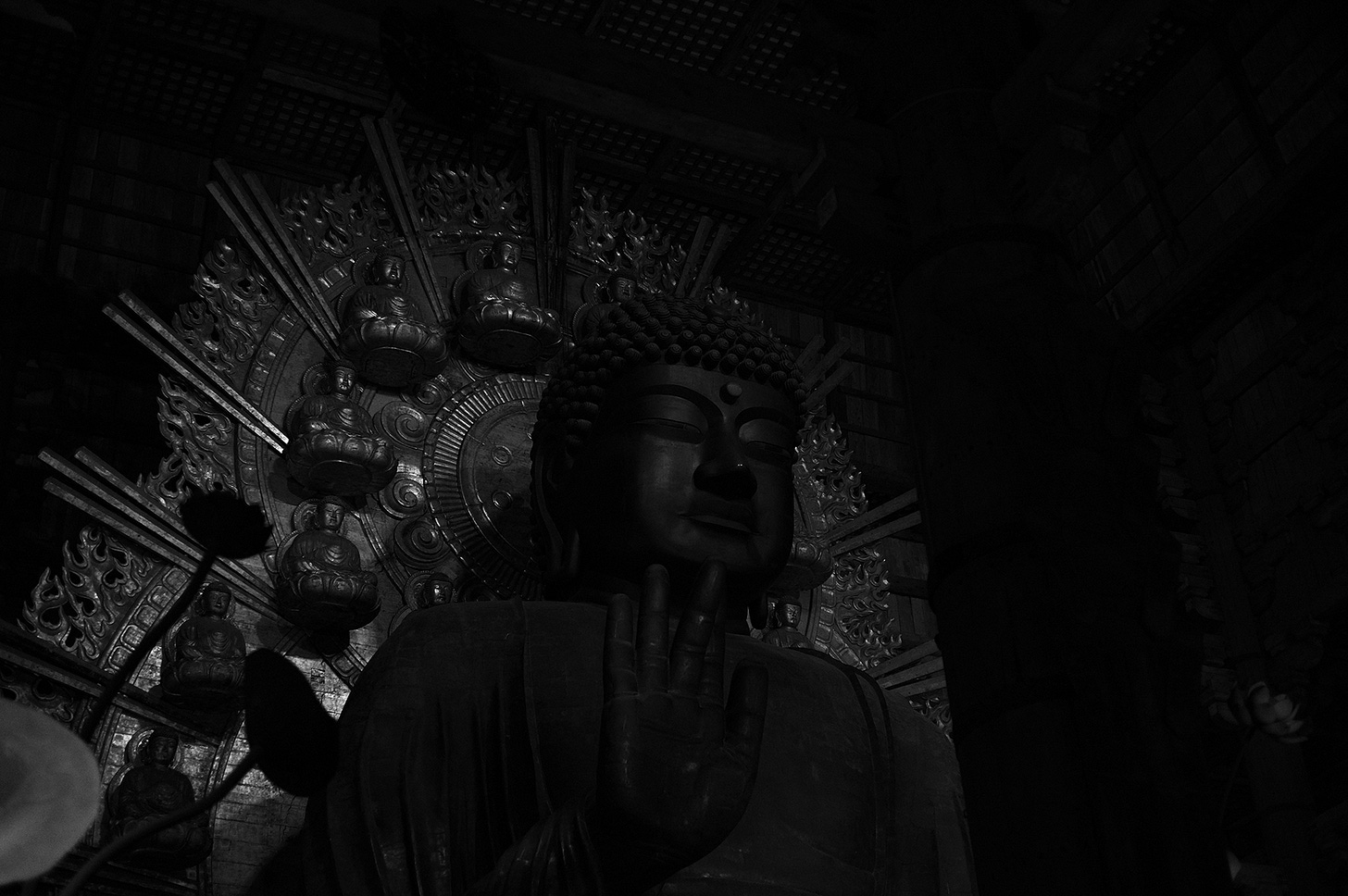Japan’s Cultural Origins and the Depth of Chinese Influence
Blending Indigenous Traditions and Chinese Influence in Japan’s Cultural Evolution
The belief that most of Japanese culture coming from China is a commonly held view, even within Japan itself. However, when we examine history closely, this notion only holds true for specific periods, while it becomes increasingly complicated when we look further back.
The Kofun period (ca. mid-3rd century) serves as a significant historical threshold in this context. Though Japanese archaeology is riddled with debates about exact timelines, it is generally understood that the Kofun period began around the middle of the 3rd century.
The people who played a central role in shaping this period were immigrants from East Asia, who arrived in Japan approximately 1,700 to 3,000 years ago. Many of these migrants, known as toraijin (渡来人), eventually settled and became naturalized in Japan, bringing with them cultural elements that were significantly influenced by Chinese traditions.
However, these influences were primarily confined to the imperial court, which is a key point to note. At that time, “Japan” as a political and cultural entity was largely limited to what is now southern Nara Prefecture.
The reverence for China can be traced back even further, to the preceding Yayoi period. Chinese historical texts, such as the Records of the Three Kingdoms, describe emissaries from Japan seeking to strengthen ties with the Chinese emperor.
This interaction highlights how the power dynamics within ancient China often influenced political developments in Japan. A parallel can be drawn to modern times when people say, “When the United States sneezes, Japan catches a cold,” illustrating how Japan has long been sensitive to the geopolitical shifts of more powerful neighbors.
However, the most notable and transformative phase of Chinese cultural influence began in the Asuka period (593–710). This era saw the introduction of two major elements of Chinese culture: writing and Chinese-influenced Buddhism. These introductions sparked intense rivalries among aristocratic clans within the Japanese imperial court. A faction advocating for the promotion of Chinese culture emerged during this time, led by the Soga clan (Soga no Umako), who aligned with Emperor Suiko (reigned 593–628) and the renowned Prince Shōtoku (574–622).
This trio—Soga no Umako, Emperor Suiko, and Prince Shōtoku—ushered in a period of rapid Sinicization, marked by the adoption and adaptation of Chinese political, religious, and cultural systems. The court’s internal conflicts over the acceptance of Buddhism culminated in violent clashes, with the Soga clan emerging victorious. This victory paved the way for the widespread promotion of Chinese-inspired culture, leading to the Nara period (710–794).
During the Nara period, Chinese culture rapidly expanded, particularly in areas around present-day Nara and Osaka, which were home to large populations of naturalized immigrants. These communities, many of East Asian descent, shared a natural affinity for Chinese cultural practices, and their survival depended on aligning with the court’s Sinicization efforts.
As a result, the Asuka and Nara periods can be seen as defining moments when Japan systematically adopted and localized elements of Chinese culture.
It is important to recognize, however, that Japan’s cultural history spans much further back. Before the Kofun period and the influx of East Asian immigrants, Japan’s Jōmon period and early Yayoi period represent over 10,000 years of indigenous cultural development. This prehistoric foundation profoundly shaped the cultural landscape that later interacted with Chinese influences.
While modern Japan undeniably owes much to Chinese culture—visible in traditions such as kimono, tatami, and certain art forms—it is equally true that Japan has reinterpreted and uniquely developed these elements. This process of “cultural remixing” cannot be understood without considering the deep, indigenous roots that predate any Chinese influence.
In conclusion, the simplistic narrative that “most of Japanese culture coming from China” is only partially accurate. While the adoption and adaptation of Chinese culture played a vital role in shaping post-Kofun Japan, the deeper, prehistoric cultural heritage of Japan must also be acknowledged.
This long and complex history reminds us that Japanese culture, while influenced by China, is not a mere derivative but a unique fusion that reflects over 10,000 years of cultural evolution. Ignoring this foundation risks oversimplifying the rich tapestry of Japan’s historical identity.



